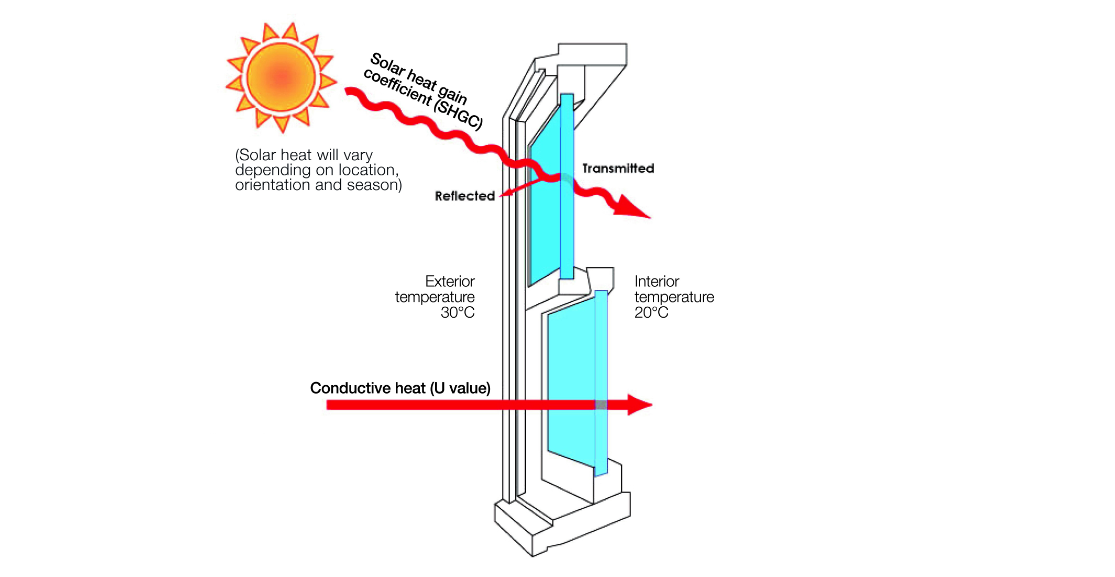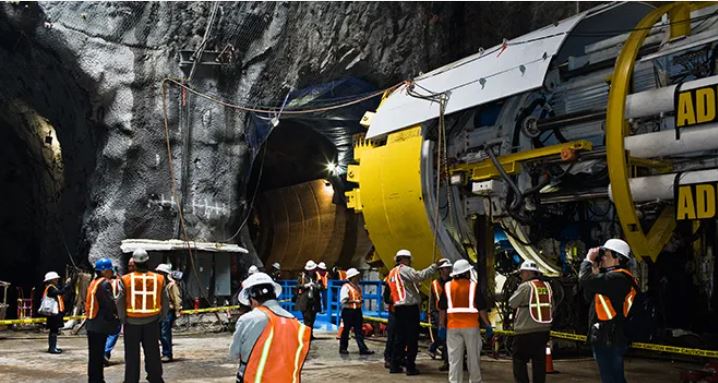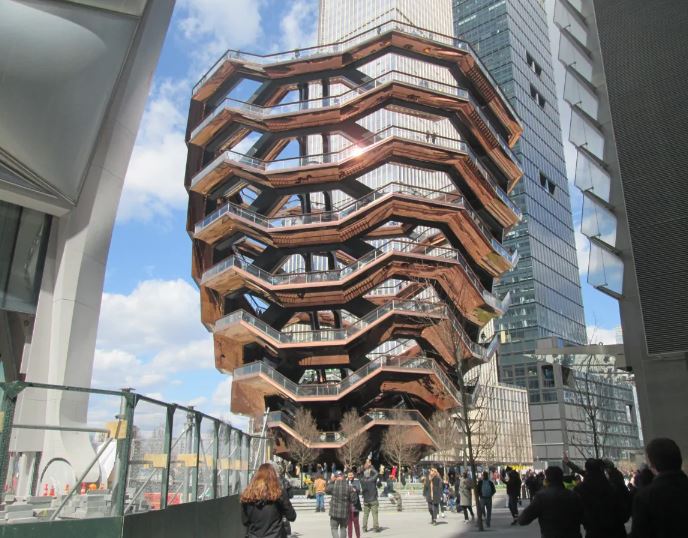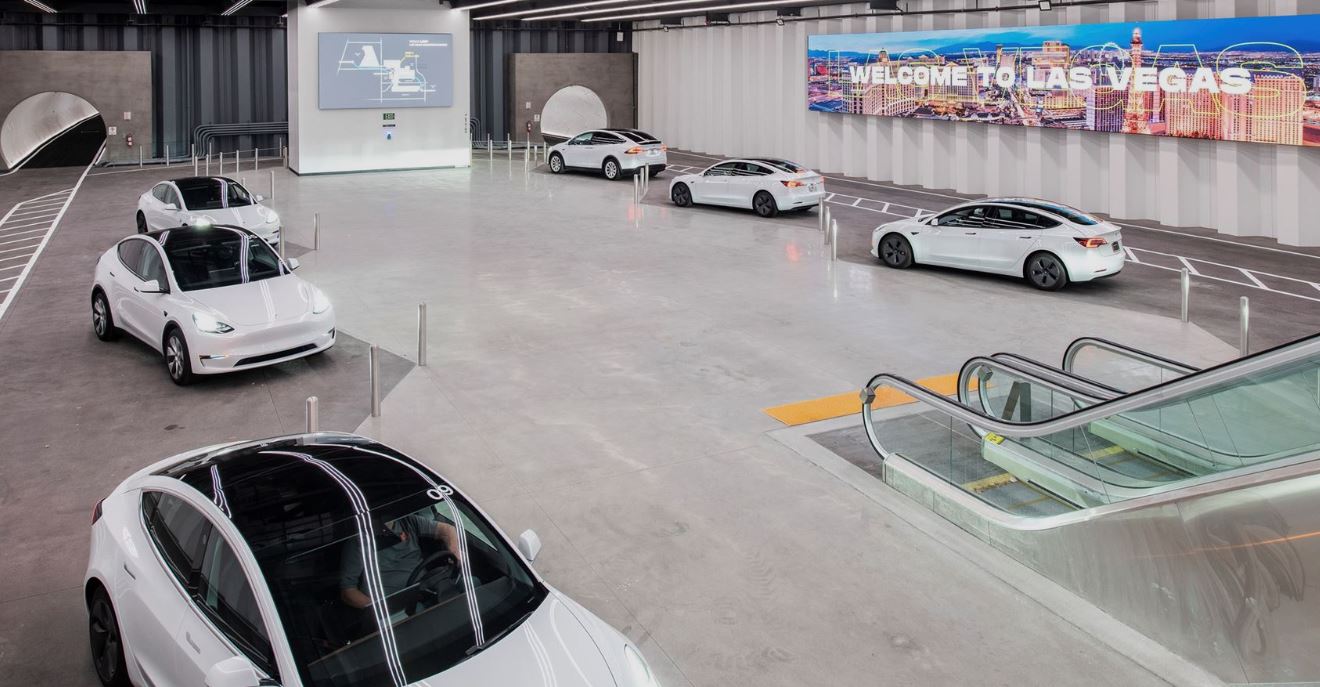The Second Avenue subway project is extending the Q line into Harlem, specifically connecting the current terminus at 96th Street on the Upper East Side to 125th Street. This expansion will feature three new fully accessible stations along Second Avenue. Commuters will also benefit from an easy transfer to the Metro-North Railroad, which serves the city’s northern suburbs and Connecticut.
Transit officials anticipate that construction for this extension will begin by year-end. The next phase of the line is expected to take roughly seven to eight years to complete once work begins.
The Metropolitan Transportation Authority (MTA) estimates that the new development will serve an additional 100,000 riders daily.
The first phase of the Second Avenue subway (which extends the Q line from Midtown Manhattan to 96th Street) carried more than 200,000 passengers daily before the pandemic.
East Harlem has long awaited a subway connection, especially after elevated trains along Second Avenue were torn down in the 1940s. Janno Lieber, the MTA’s chief executive officer, emphasized that this area is the most transit-dependent part of New York City. The project is now on the verge of securing a federal grant to make this long-envisioned subway extension a reality.
The first phase of the project, which opened in 2017, faced criticism due to its price tag of $4.6 billion (making it the world’s most expensive subway on a cost-per-kilometer basis). However, when considering the densely populated neighborhoods served by the line, the cost per passenger was approximately $22,500 based on pre-pandemic ridership levels. This cost compares favorably with other US subway and light rail developments and ongoing transit projects in some European cities.
credit to wired





